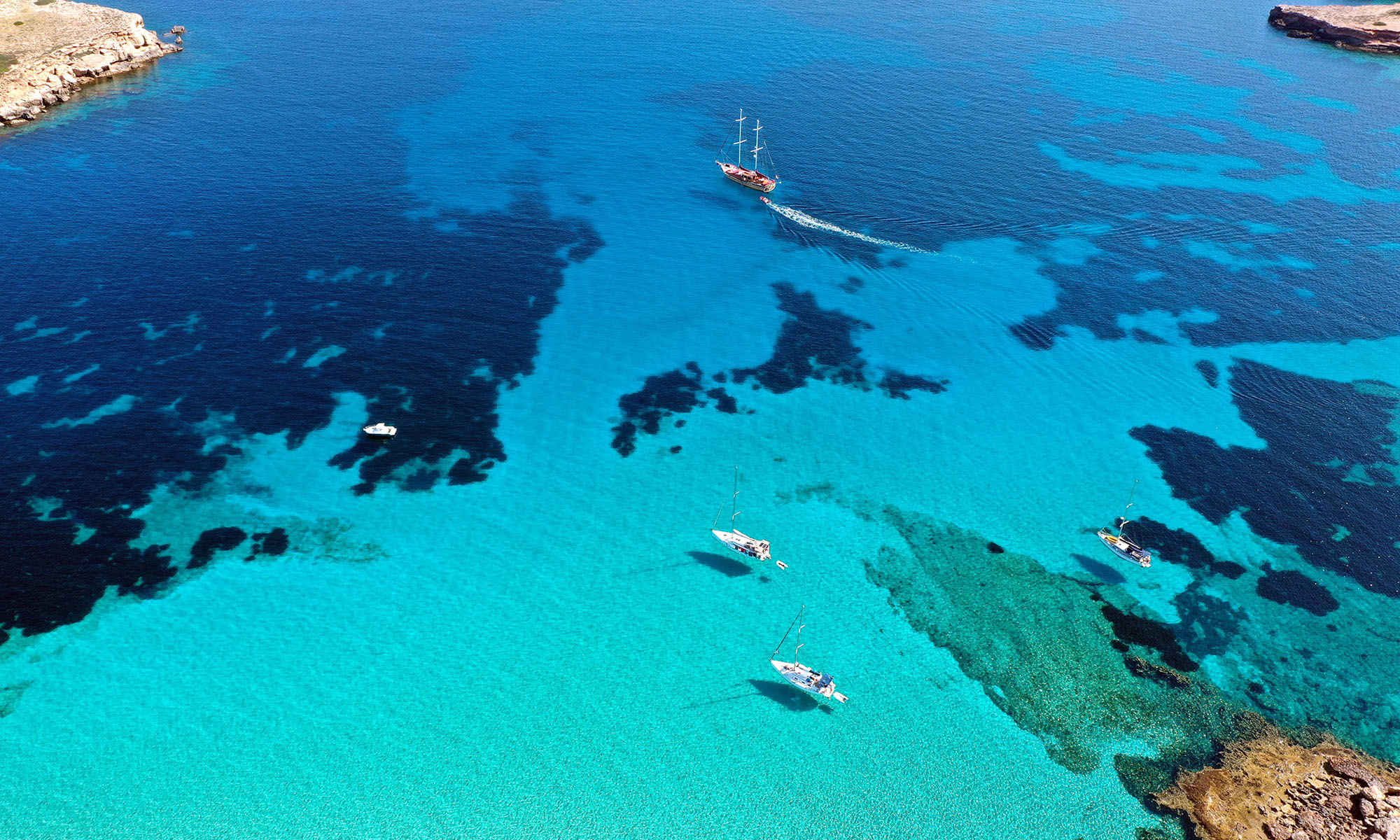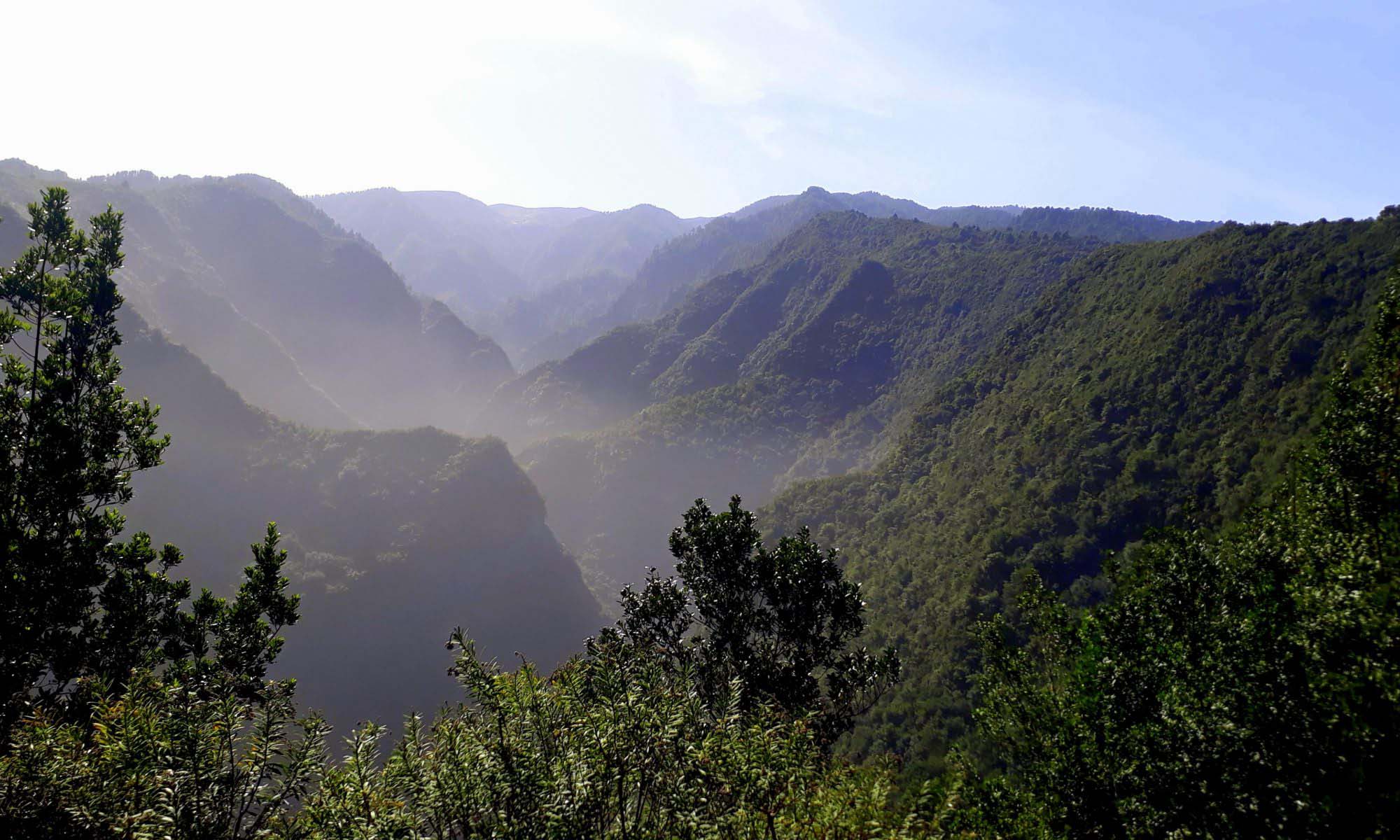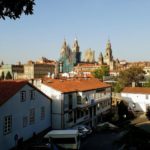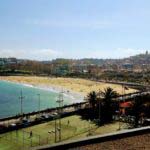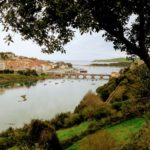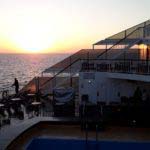“The beautiful” or “the green” (La Isla Verde) – that’s how the northwestern Canary Island of La Palma is often called by its inhabitants. With 40 percent forest cover, it is after all the most densely wooded of the Canaries. After El Hierro and La Gomera, La Palma is also the third smallest Canary Island. For the most part spared from mass tourism, many places on the island have retained their original character.
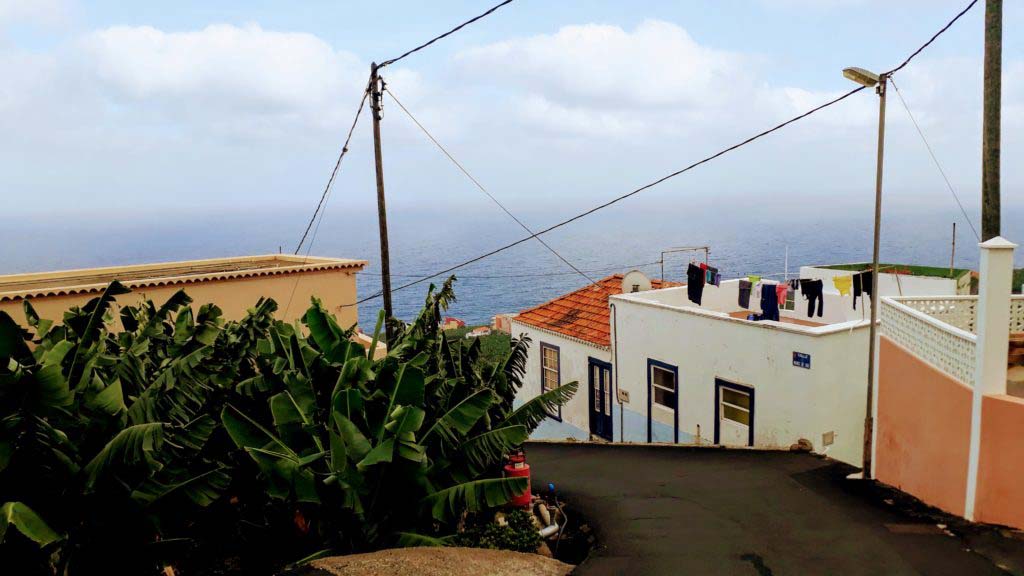

Arrival to La Palma
As we have already told you, one of the main reasons for going to La Palma was that Chantel’s parents booked a trip there for November. Therefore, we took the ferry from the Spanish mainland (to be more precise from Huelva) together with our car to the Canary Islands. Once there, we made a 5-day stopover on La Gomera between Tenerife and La Palma. This was the cheapest route anyway and we had enough time left for that.
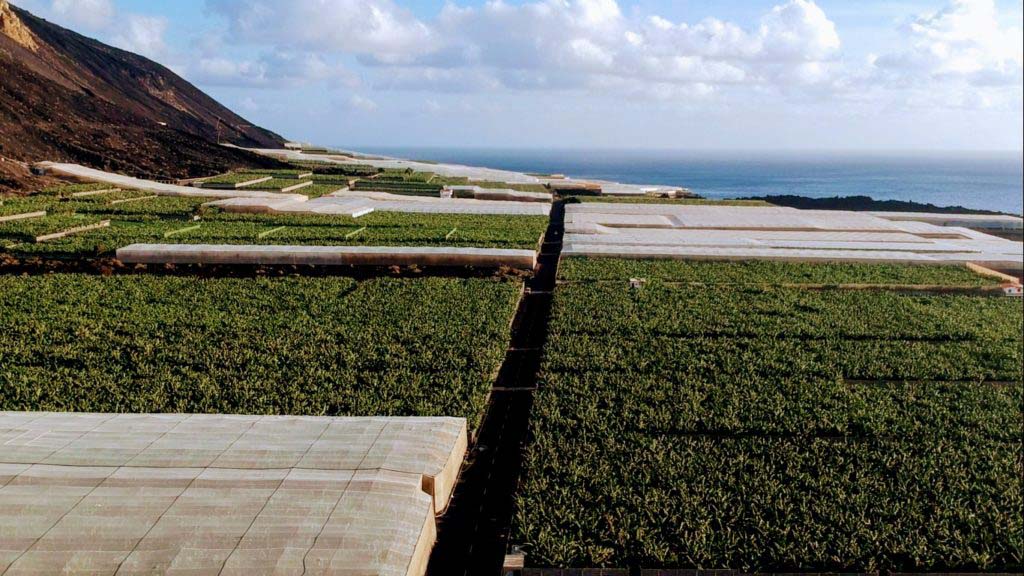

So we arrived in the harbor of the capital Santa Cruz de La Palma, where Chantel’s parents were already waiting for us. However, we did not stay in Santa Cruz for long. We just chatted, walked a bit through the old town and let wash our laundry in a launderette again (who is looking for a cheap laundromat on La Palma: Lava2express).
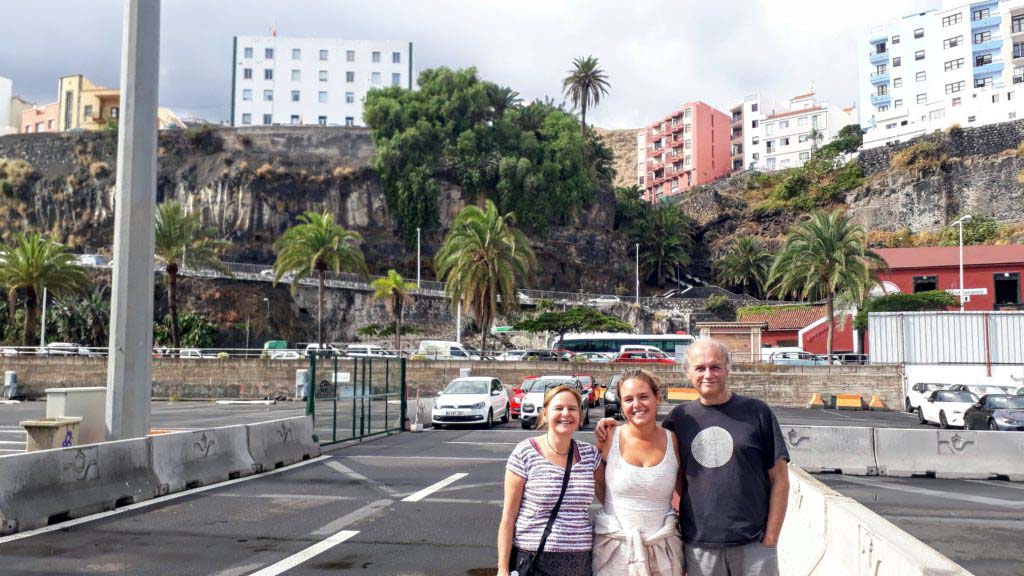

The West
On the way to Tazacorte in the west of the island, where Chantel’s parents had their accommodation, we stopped in Dos Pinos to eat at Franchipani. They have some vegan dishes. For our taste, however, the restaurant is a bit too touristy (we don’t like to order in foreign countries in German 😀) and the portions for the prices too small.
Arrived in Tazacorte, we took a look at the accommodation of Chantel’s parents (Isa Apartments), which we would have also liked, but all apartments were fully booked. Therefore, we simply slept in our car in the car park diagonally opposite.
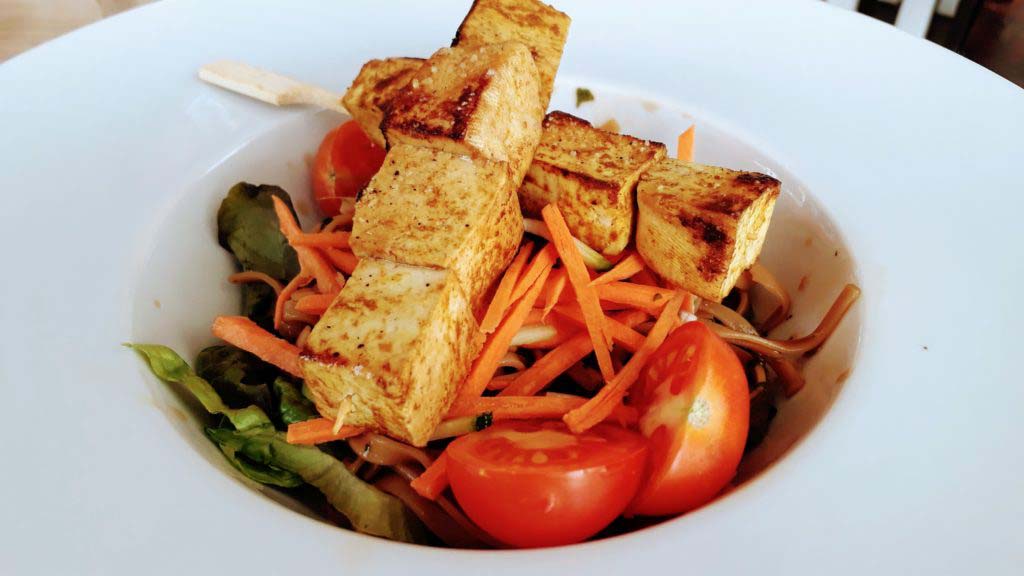

For the next night we booked another accomodation (B&B Amigos de la Naturaleza) in nearby Las Manchas. Although we were initially skeptical due to the many negative reviews, the small colorful houses in the midst of the banana plantations turned out to be perfectly fine.
Not far away is the beautiful Plaza de La Glorieta, designed by the palmerian architect and artist Luis Morera. Since it was raining when we were there, unfortunately we have no photos. In the evening we went to Puerto Naos and ate at Pizzeria La Scala, whose pizza tastes great even without cheese.
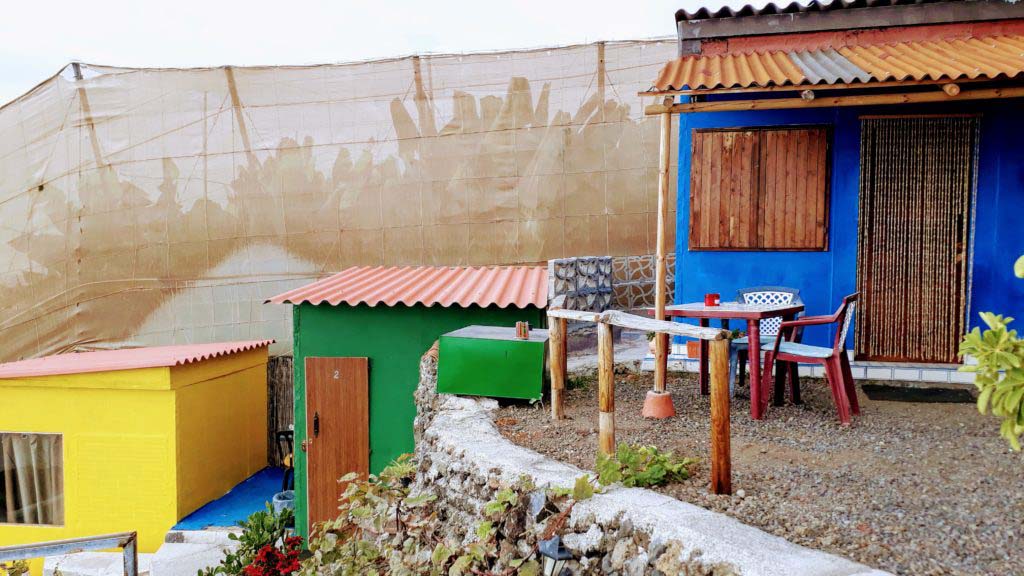

The South
The next day we made a trip to the south of La Palma, where we visited the volcano San Antonio and the lighthouse Faro de Fuencaliente. Right next to the lighthouse are the salt evaporation ponds of Fuencaliente (Las Salinas de Fuencaliente), which are used for the extraction of sea salt and salt flower (Flor de Sal). They also provide habitat for a range of protected and endangered bird species.
Nearby there is another volcano, the Teneguía. To preserve the volcanic cones, lava flows and living creatures, the area was protected in 1987 as part of the Cumbre Vieja y Teneguía Natural Park. In 1994, it was separated from this and since then exists as independent natural monument Los Volcanes de Teneguía.
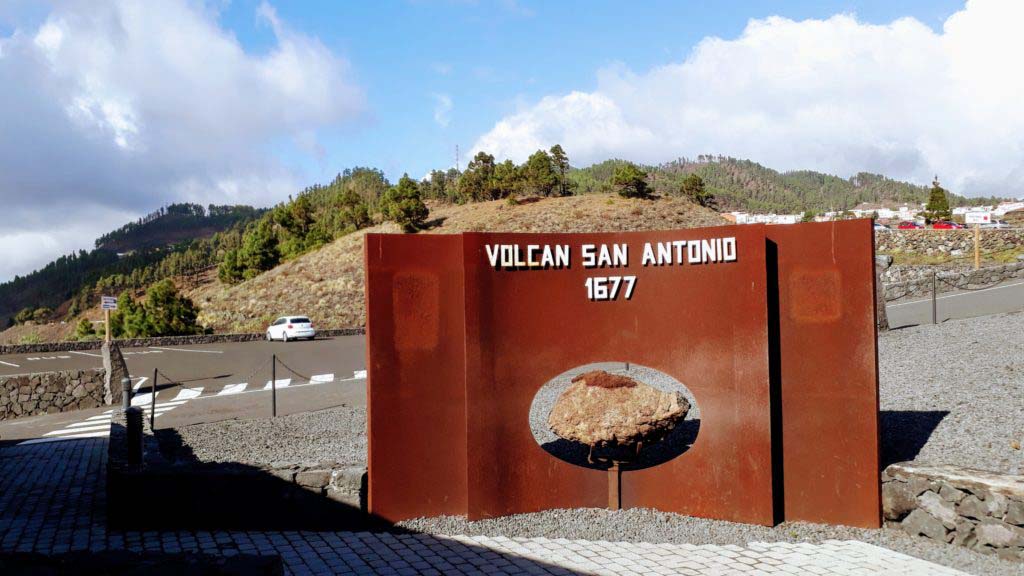

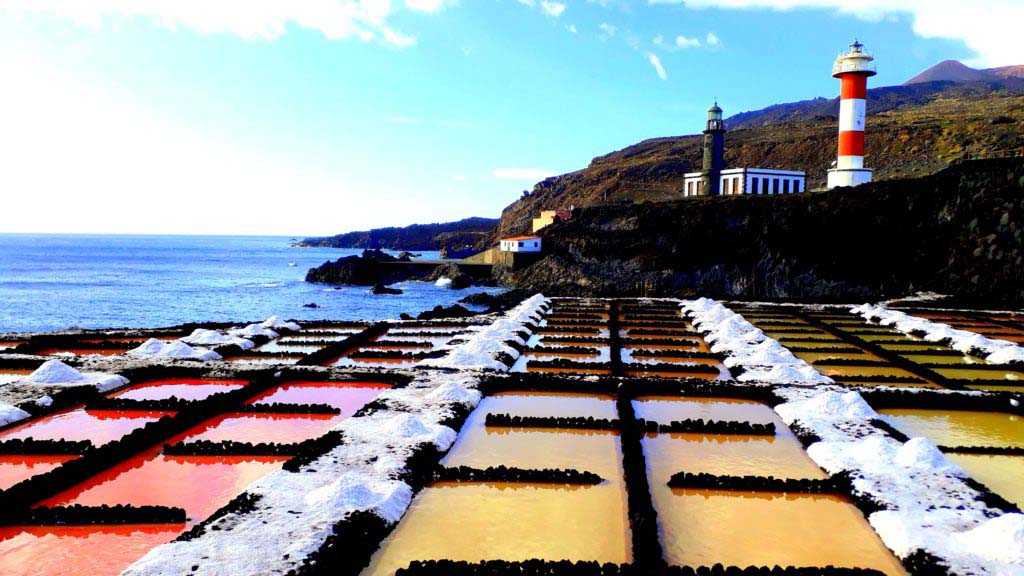

The Center (Caldera de Taburiente National Park)
We took another trip to the Mirador de la Cumbrecita. For the parking area, which serves as the starting and end point of a small, approximately 3 kilometer long circular walk, however, you have to make a free reservation in advance either online or in the visitor center Centro de Visitantes de La Caldera de Taburiente near El Paso. This applies at least if you want to park there in the time between 8 a.m. and 7 p.m. For this purpose, it is sufficient to drive to the visitor center and make the reservation on one of their PCs and then print it out (also possible there).
We recommend you to do this a few days before the planned hiking day, to make sure that you actually get one of the 32 car parking spaces within the desired time frame. Without reservation, access to the car park is not possible because the road is closed with a barrier. The visitor center itself is already worth seeing. And the mini-hike, which connects three viewpoints in the Caldera de Taburiente National Park, has also pleased us hiking grouches. 😛
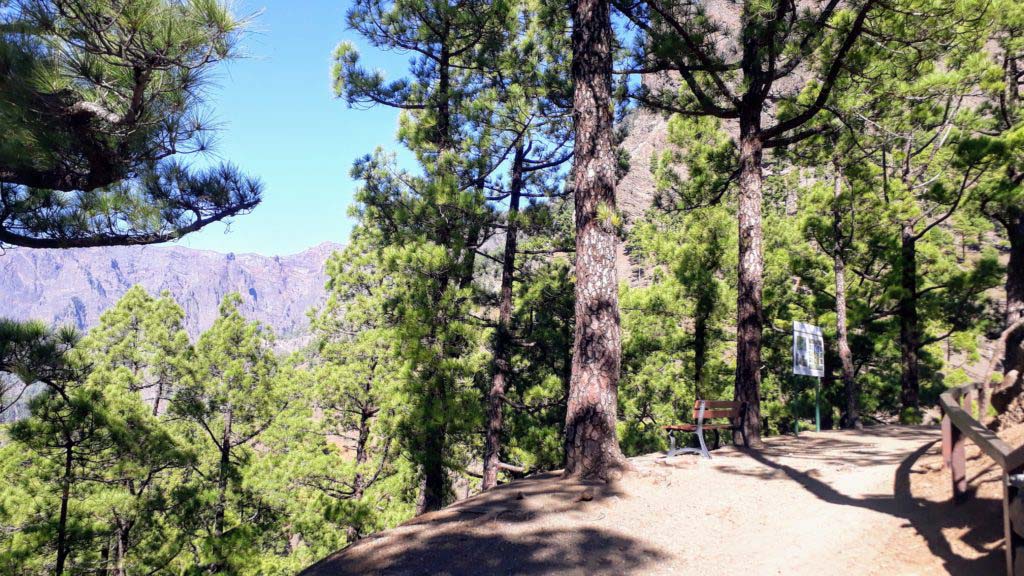

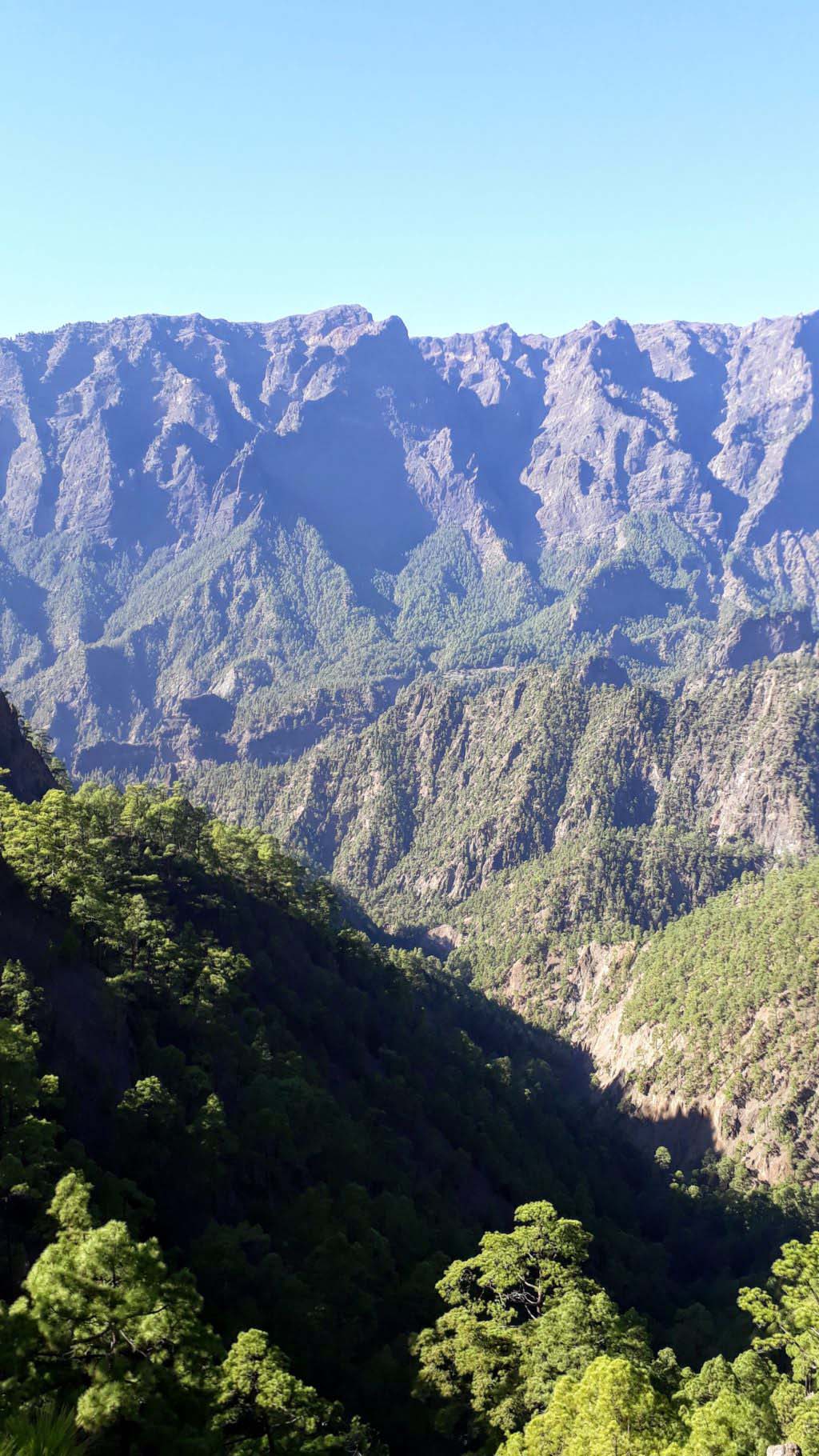

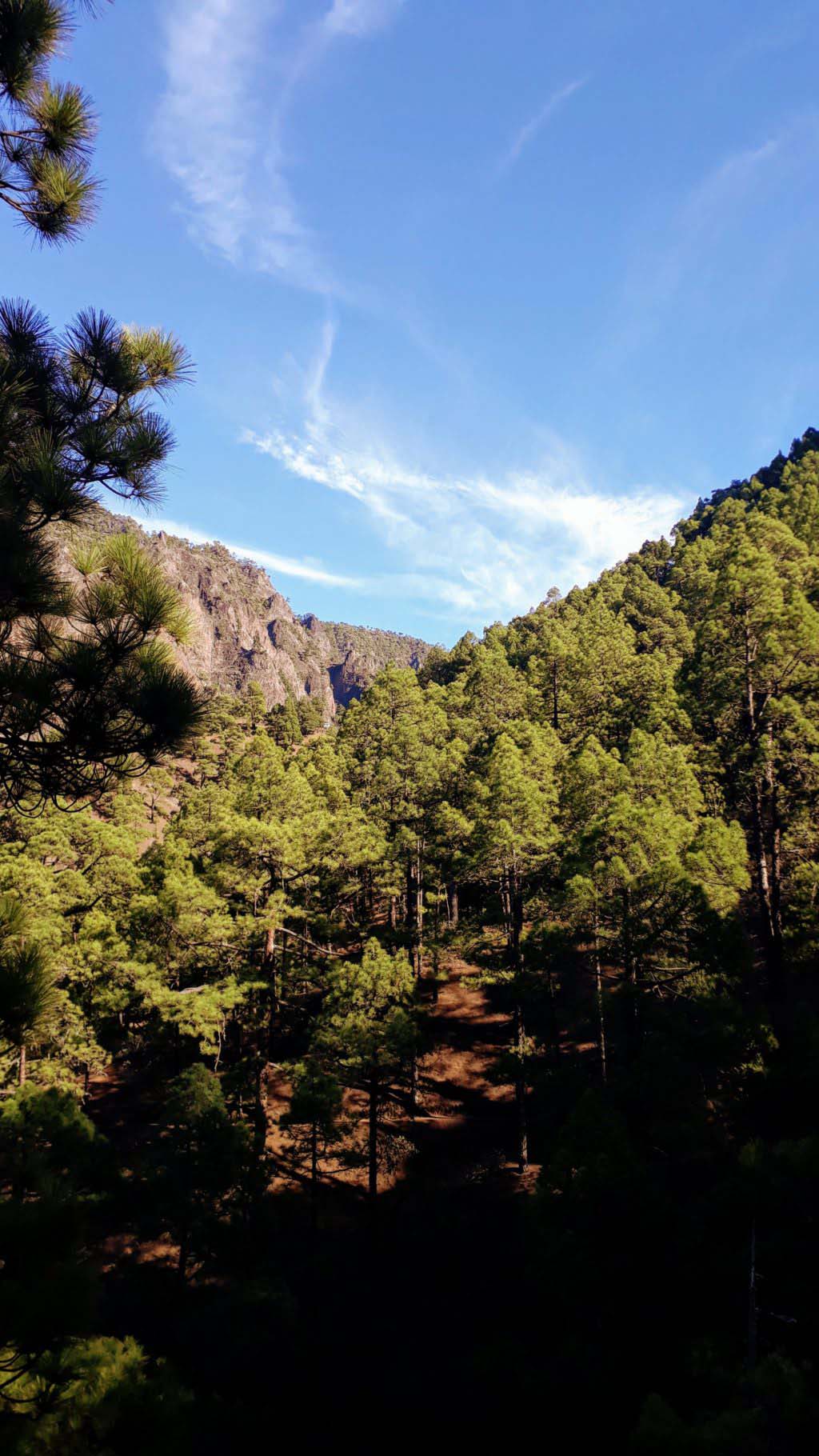

Tazacorte
This was followed by a few chill days in Tazacorte. Tazacorte is a really cute town not far from the sea and surrounded by banana plantations, which today constitute the main source of income for the community. At the port of Puerto de Tazacorte began in 1492 the Spanish conquest of La Palma. Due to the good climatic situation, the conquerors began early with the cultivation of sugar cane, which provided the community with a profitable economy over three centuries. The still existing mansions bear witness to this development.
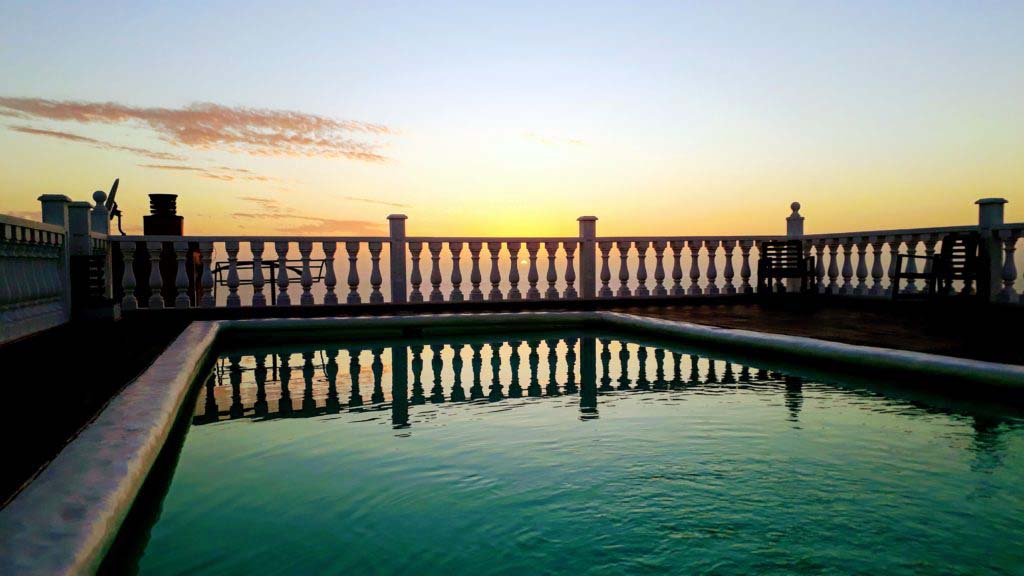

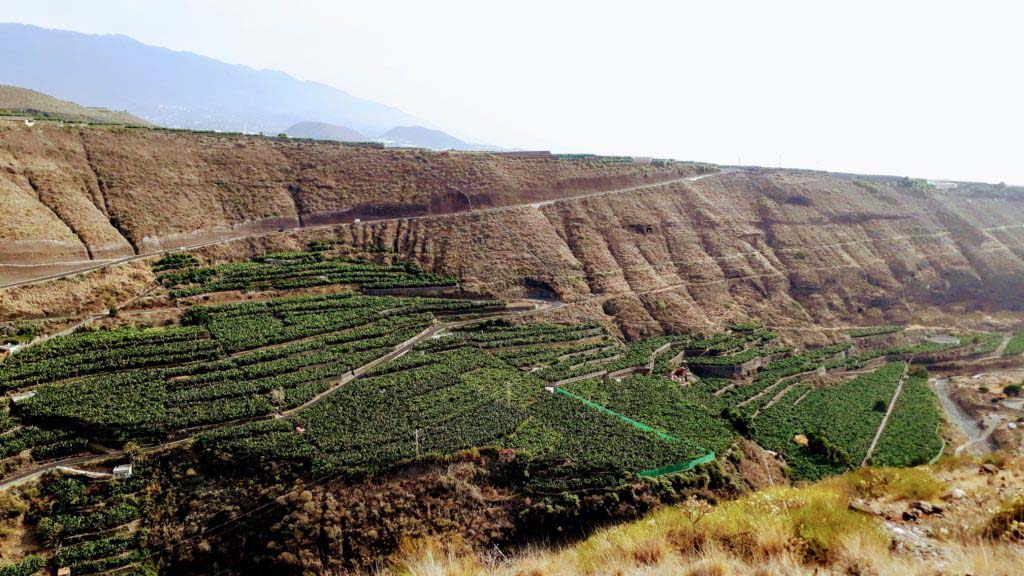

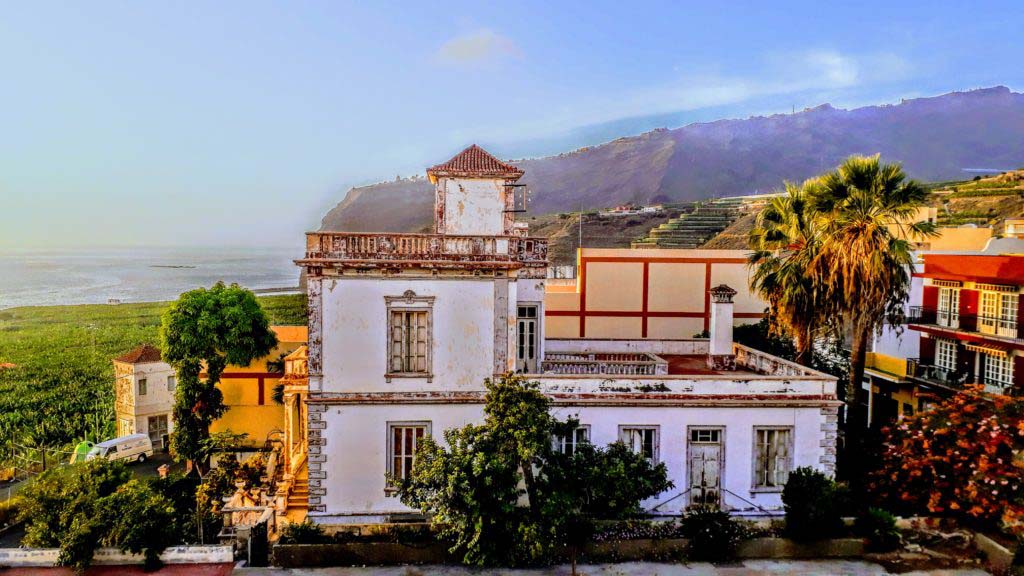

In Tazacorte we also had dinner at the vegan-friendly restaurant Carpe Diem. We realized that it is not only well received by vegan people, as we did not get a table spontaneously, but had to come back with a reservation for the next evening. Here again, the food is rather higher priced and we were again served in German (La Palma seems to be firmly in German hands 😀 ), however, the vegan seitan gyros was really good.
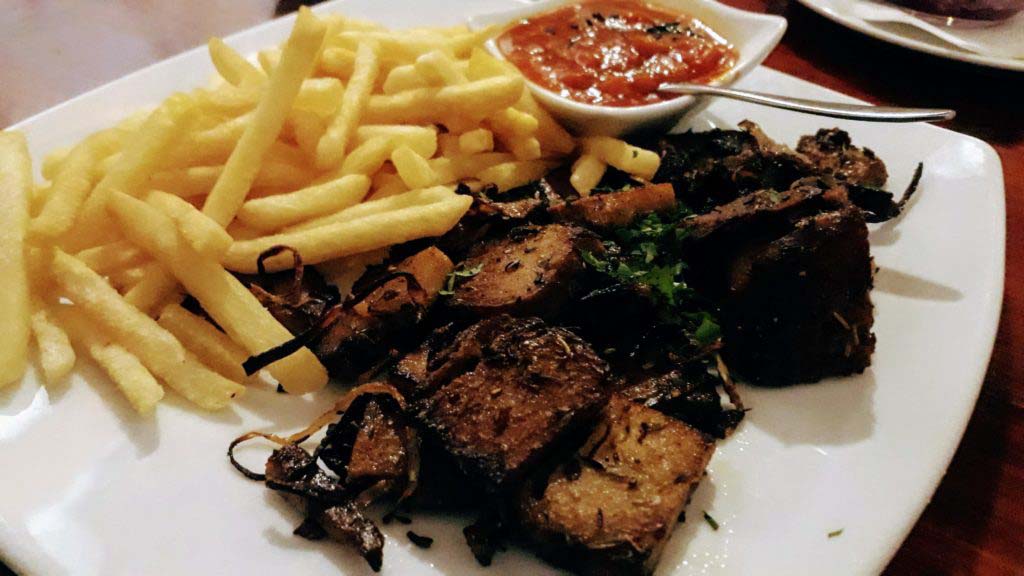

Los Llanos
In Los Llanos we ate out as well, at La Vitamina. The restaurant offers a fairly wide selection of vegan and vegetarian dishes, with a separate section on the menu. The food and prices are okay, however, we personally did not enjoy the avocado dessert so much. Unfortunately, the interior is quite cheesy and provided with some pseudo-scientific esoteric books (with really scary content).
The ice cream parlor Frida, hyped as “the best on La Palma” in many guidebooks, is also located in Los Llanos. The ice cream, which includes vegan varieties such as fruit sorbets and dark chocolate, is now available in many places throughout the island. So, for example, also in Tazacorte at the harbor, at the Italian restaurant La Locanda or in the aforementioned Carpe Diem. Unfortunately, the ice cream shop offers neither vegan cakes nor plant milk.
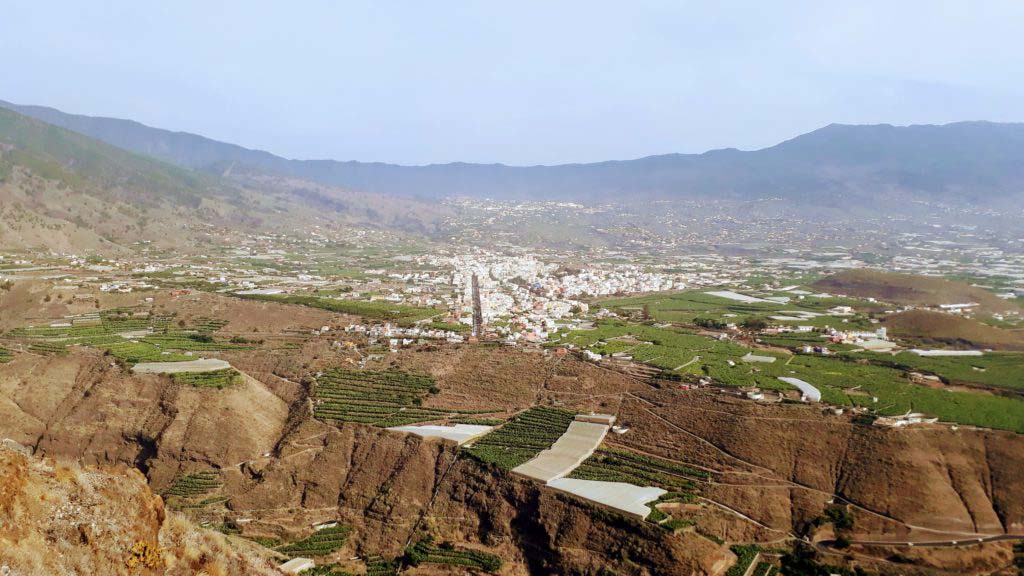

The North
On the way to the mountain Roque de los Muchachos we stopped briefly at the viewpoint Mirador de El Time, from which you have a very good view of Los Llanos. The Roque de los Muchos is, at an altitude of 2,426 meters, the highest point on the island. The highest point is formed by old volcanic vents, which withstood the erosion of wind and water. The mountain belongs to the Parque Nacional de la Caldera de Taburiente and forms the northwestern edge of the caldera. From there, you can see the neighboring islands of Tenerife, El Hierro and La Gomera.
Between 2,350 and 2,400 meters above sea level is the institute grounds of the Observatorio del Roque de los Muchachos. Here is among others the Gran Telescopio Canarias, which, at 10.4 meters in diameter, is the world’s largest reflecting telescope.
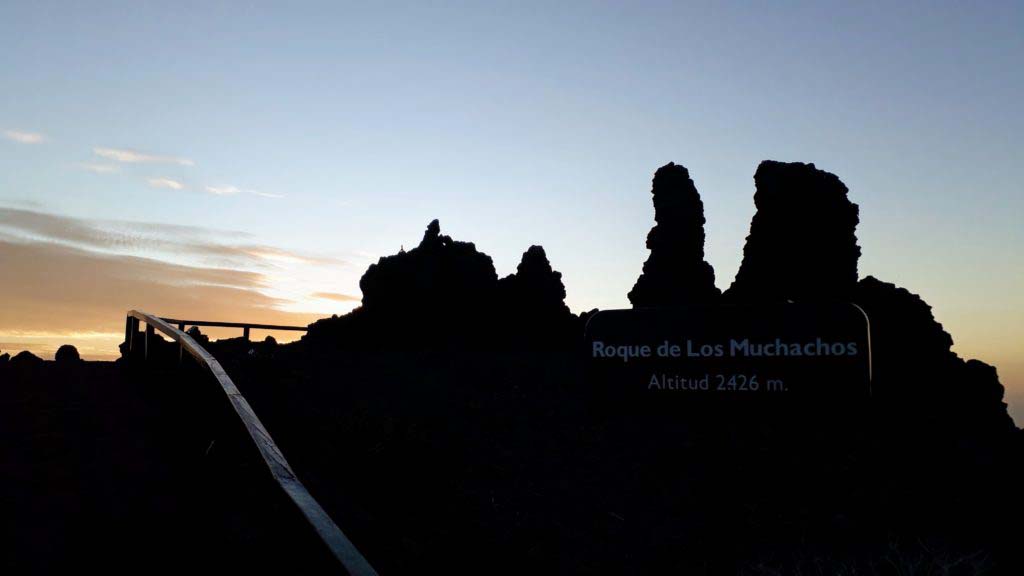

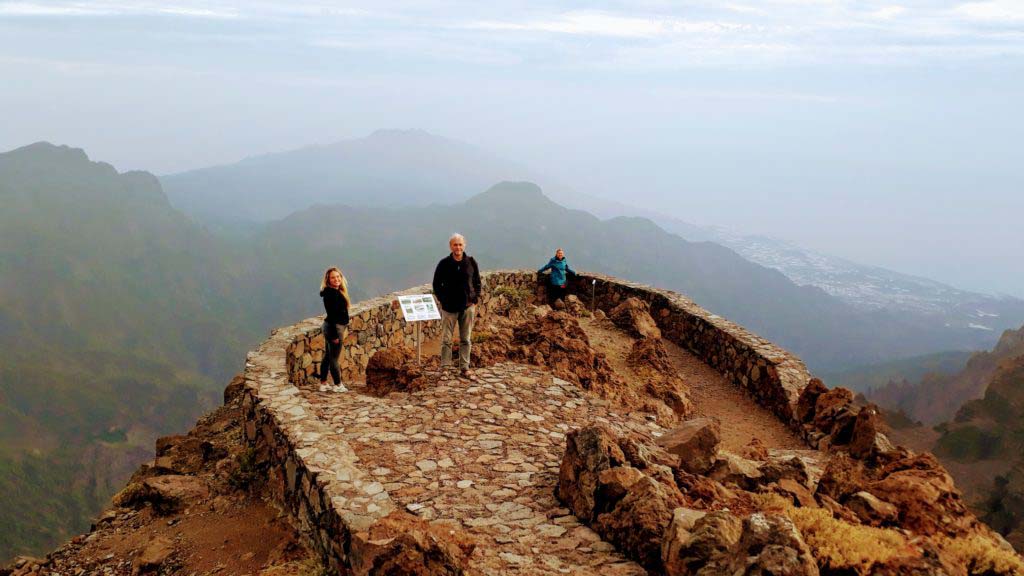

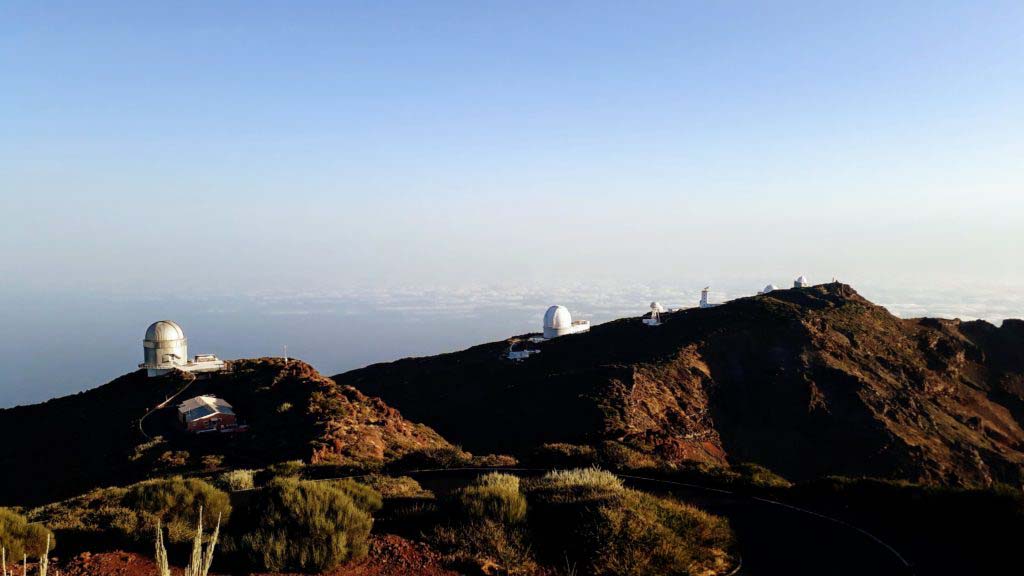

After we stayed at the Roque de los Muchachos overnight (glaring starry sky!), we went to the visitor center of Los Tilos, from where we started a relatively short but very steep hike. At the top we had a wonderful view, from where also the cover picture originates. Then we went to the Charco Azul, a seawater pool, which unfortunately is under construction for an indefinite period. However, we passed the fences and signs and jumped into the water anyway. What a refreshment!
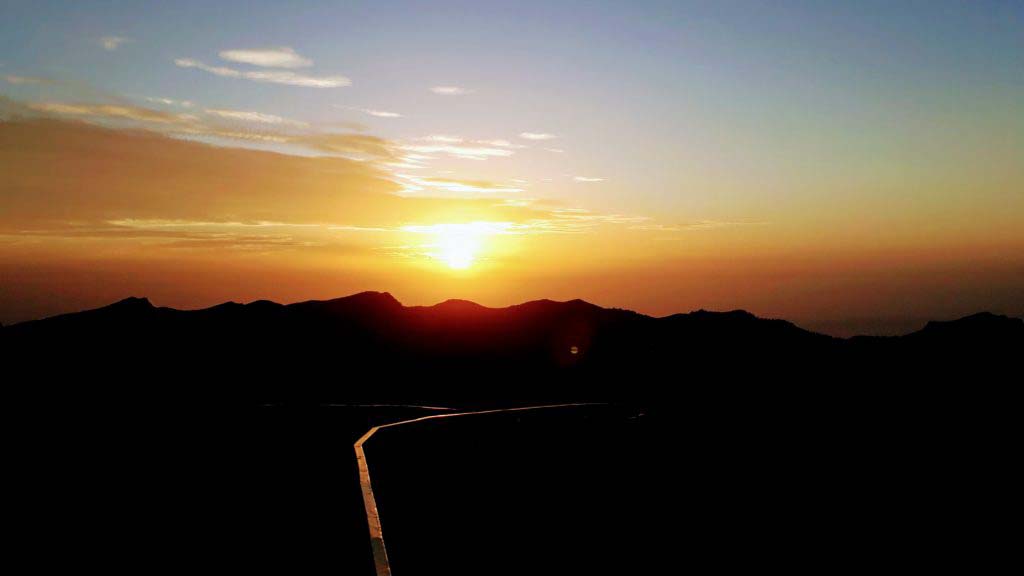

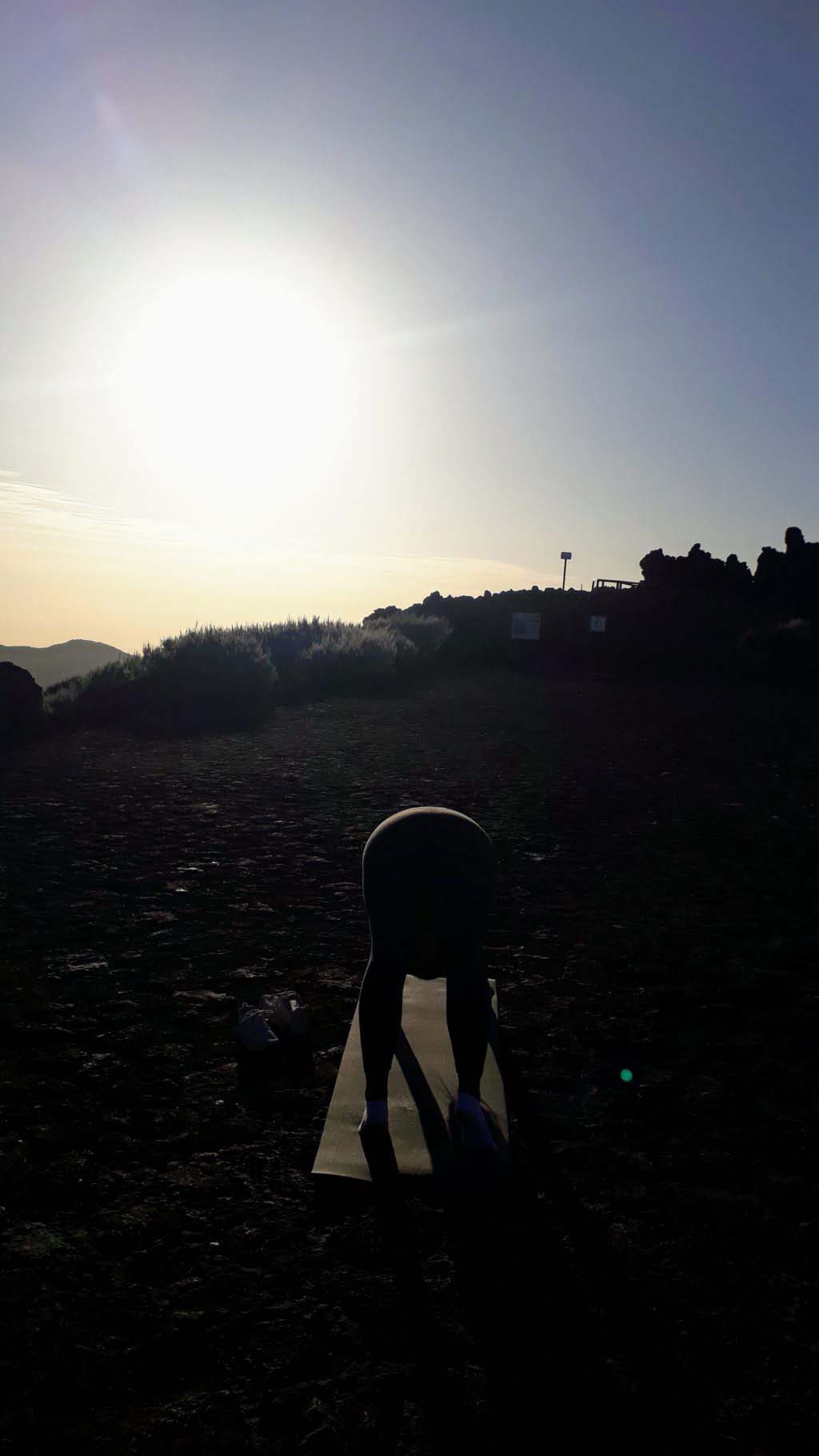

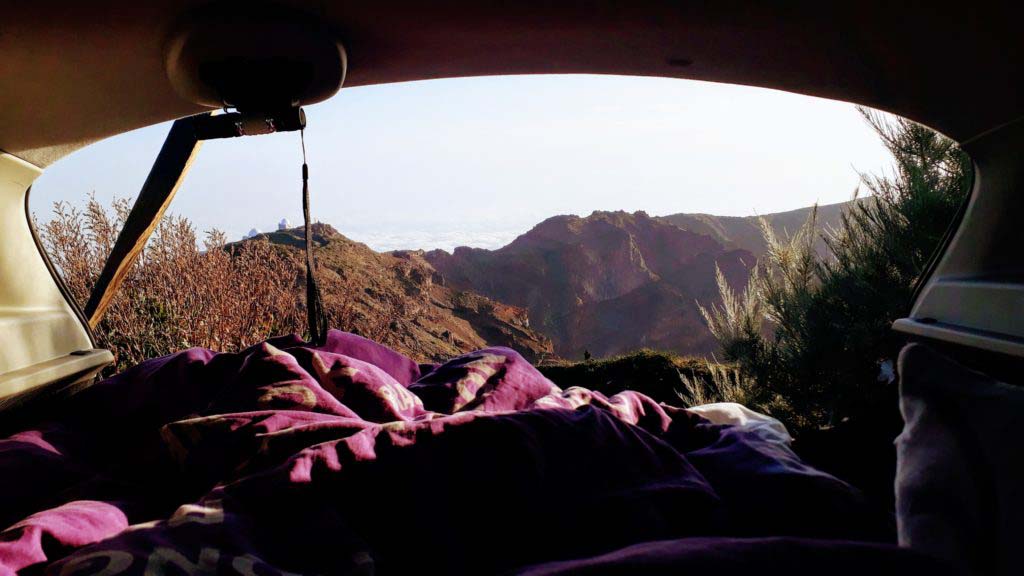

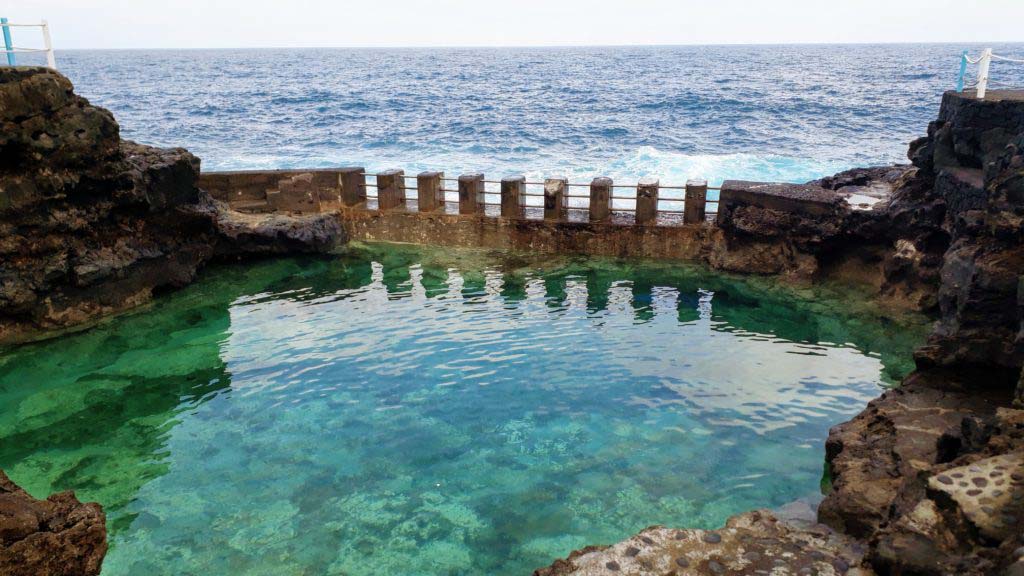

The Last Night on La Palma
We spent our last night at the viewpoint Mirador Astronómico del Llano del Jable. Also from there we had an impressive view and could observe a beautiful starry sky.
Immediately before the flight of Chantel’s parents, we ate at Veg Art, which is not even 5 kilometers from the airport. Unfortunately, we were not completely satisfied, as many dishes were not available and the service was veeery slow, which of course is anything but relaxing before a departure. So if you, like us, plan to get something to eat here before a flight, then bring along enough time buffer!
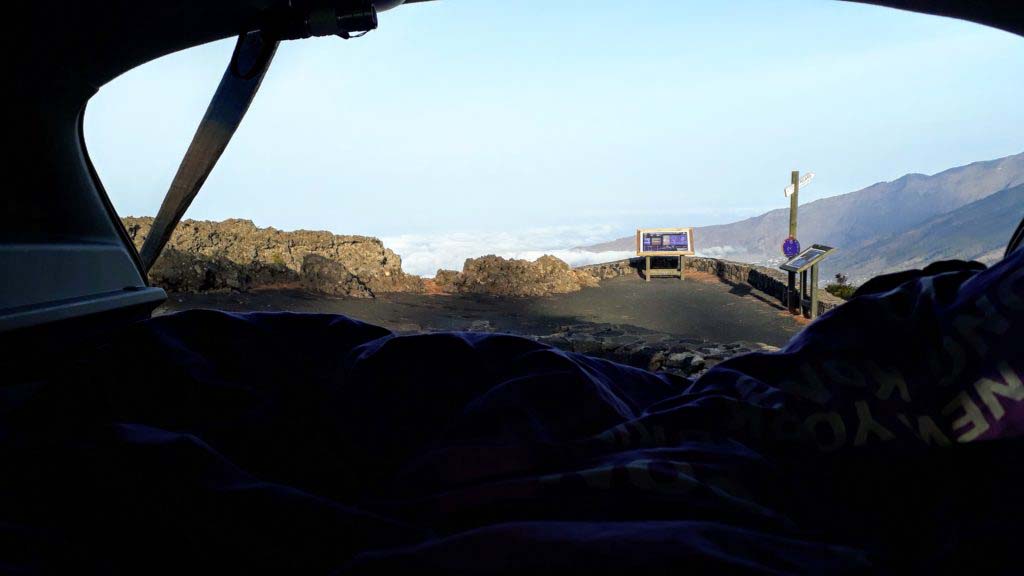

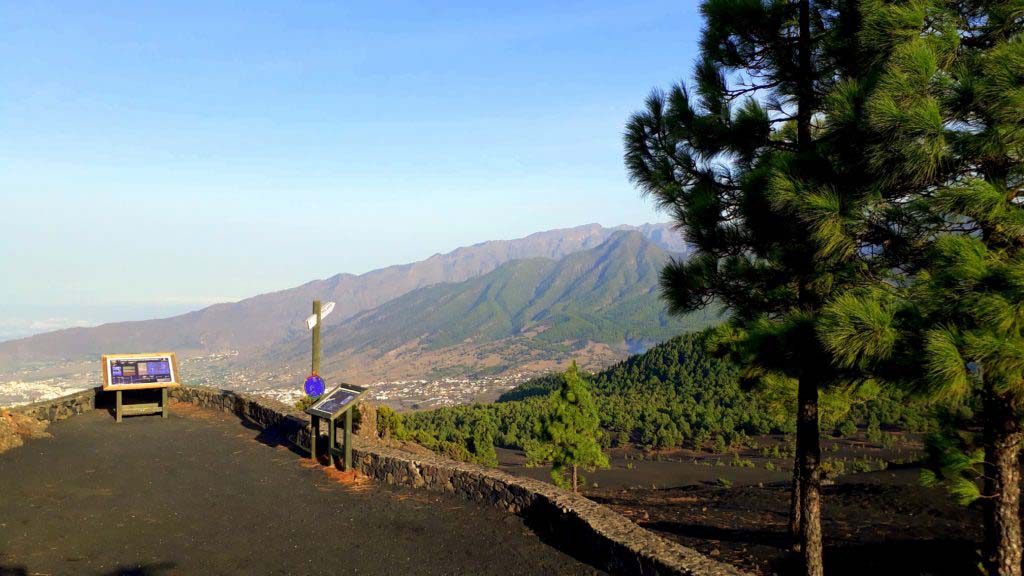

More Impressions & Map
Of course, we also took our small travel drone to La Palma. The recordings can be viewed here:
We put all the mentioned places into a map for you:
Our Canary Islands Guide
